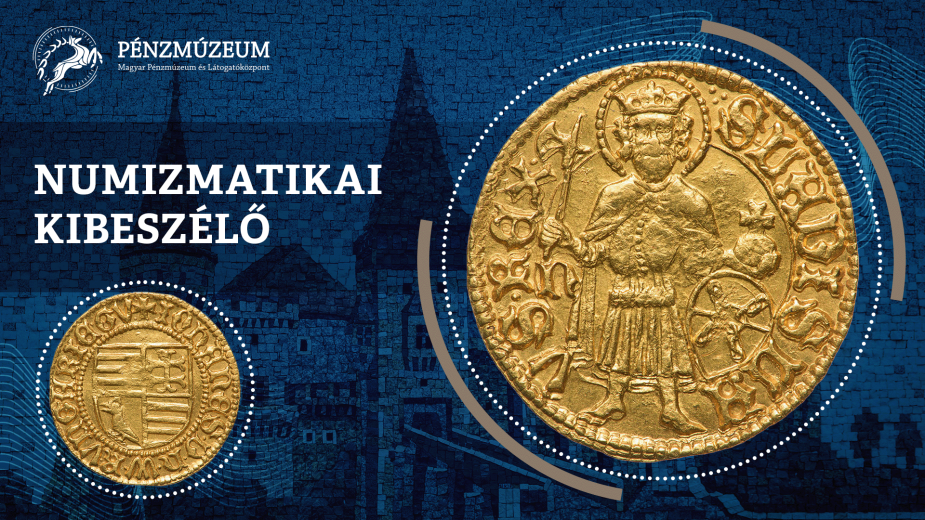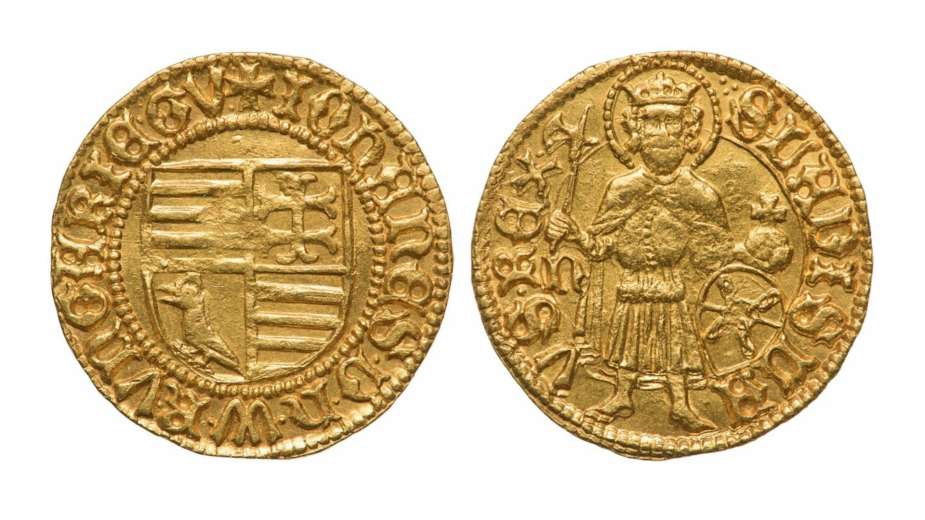
Following the conclusion of the Hunyadi series with a final episode that has been truly epic, it is also time to bring our numismatic discussion series to a close.
The Varna Massacre and the Interregnum
On 10 November 1444, the crusading army led by Władysław III of Poland and János Hunyadi was defeated by the forces of Sultan Murad II at Varna. The Hungarian king, Władysław III, was killed in the battle at the age of 20, leaving the country without a ruler. His son, Ladislaus the Posthumous (also known as Ladislaus V), was a guest at the court of his guardian, Frederick III, who refused to release him despite repeated requests from the Hungarian nobility. In the absence of a legitimate king, the country experienced an interregnum of almost two years, which naturally impacted coinage. Initially, the denarius minted by Władysław III in 1444, the last year of his reign, was minted to the same standard; however, the king's name was removed from the obverse inscription, with the reverse inscription appearing on both sides instead. In April 1445, the Parliament placed the governance of the country, including coin minting, in the hands of Captain-Generals. However, this did not mean that all generals minted money. The parliament decided to reserve the right to mint gold forints for the king, so their production was halted during the interregnum. Meanwhile, all the working mints in the country issued uniform coins known as 'interregnum denarii' and 'interregnum oboli' as change. This permanently ended the practice of parallel coinage during Władysław III's reign, unifying the country's coinage once more.
The reign of János Hunyadi
At the Diet held in March 1446, it was decided that Ladislaus V was to be regarded as the legitimate, elected king of Hungary and that János Hunyadi would act as regent until Ladislaus came of age. Should Frederick III still refuse to release him, they would use armed force to free their king. As regent, János Hunyadi enjoyed the same coinage rights as a king. Consequently, after a hiatus of almost two years, the minting of denarii could resume in Hungary. Hunyadi's gold coins could now be minted in his name, even as regent. Apart from the royal mint in Buda, only those in the eastern part of the country were minting coins for him. The Kremnica (Körmöcbánya) and Košice (Kassa) chambers were still under the control of János Giskra, who, following Hunyadi's election as regent, began minting coins in the name of Ladislaus V again. Meanwhile, the southern chambers had been closed for some time due to the Turkish threat. Hunyadi remained regent of Hungary until 30 January 1453, during which time he received several powerful offices and titles from Ladislaus V. He was made regent of the Kingdom of Hungary and "Administrator of the Royal Revenues", as well as being made a hereditary Count of Banská Bystrica (Besztercebánya) in recognition of his governorship and successful wars. Along with the title of hereditary count, the family coat of arms was extended by the monarch to include a red lion holding a crown, known as the 'raven coat of arms'. This new coat of arms symbolises János Hunyadi, who defended the crown from the enemy at the cost of his own blood while the king was a minor. Upon resigning from the governorship, he handed over the crown and the power that came with it to the king.
The Gold Forint of János Hunyadi

Even as Voivode of Transylvania, Hunyadi exercised considerable influence over coinage, including the right to mint coins in his own name during his governorship. He minted his gold forints to the same high, consistent standard, of which two types are known. Both were produced at the Baia Mare (Nagybánya) mint: one features the royal double cross in the second quarter of the quartered shield; the other features a crowned Czech lion.
The Money Museum's permanent exhibition, which is free to visit, also features a coin of this type depicting a double cross. The obverse of the coin shows a quartered coat of arms with stripes in the first and fourth fields, a double cross in the second field, and the Hunyadi raven in the third field. The circular inscription reads: “+ IOhAnES D h W R VNGARIE GV,” which stands for Johannes de Hunyad Wladislaud Regis Hungariae Gubernator, meaning János Hunyadi, governor of King Ladislaus of Hungary. On the reverse side is the figure of Ladislaus I, also known as Saint Ladislas with an open cloak. The clothing visible under the cloak has decorative buttons, and he also wears a decorative belt. In his right hand he holds a short-handled axe, and in his left hand he holds a scepter. He is wearing a crown on his head, surrounded by a halo. Under his right hand is the mint mark of Nagybánya: N. On the back is the inscription: “S LADISL – AVS REX,” which stands for Sanctus Ladislaus Rex, or Saint Ladislaus, King.
Further news
All newsThe Tarnay family brought silver bowls
Thank you for your kind understanding!
The organizers of the program signed the joint agreement at the Money Museum
Thank you for your kind understanding!
The Tarnay family brought silver bowls
Thank you for your kind understanding!
The organizers of the program signed the joint agreement at the Money Museum
Thank you for your kind understanding!



